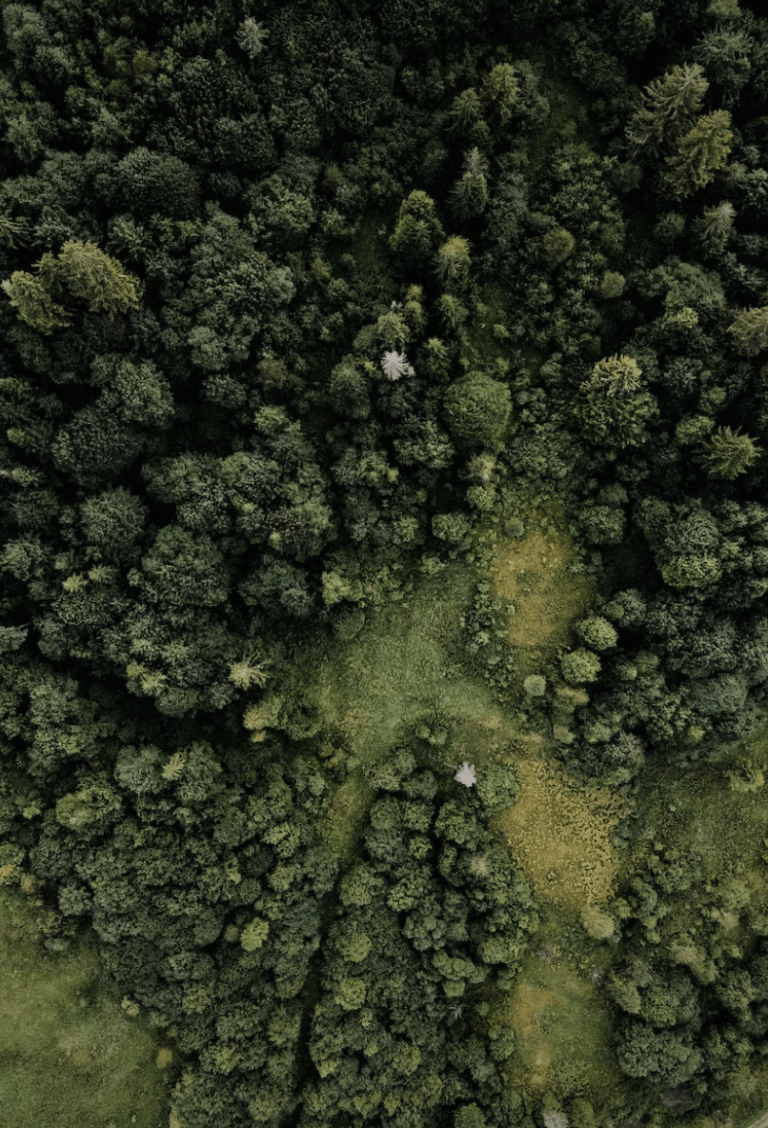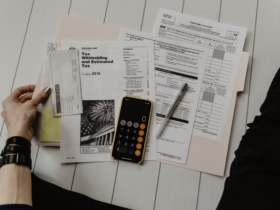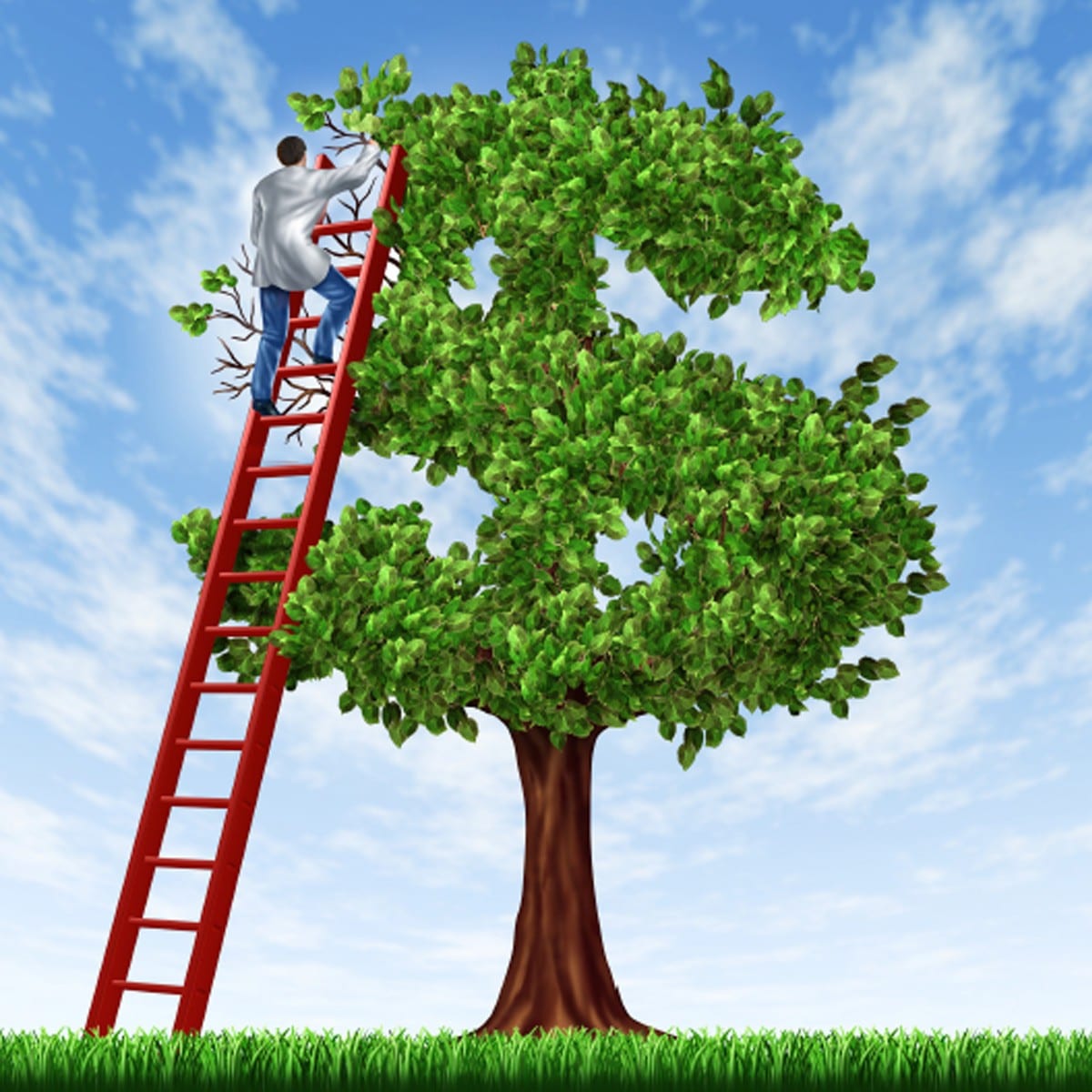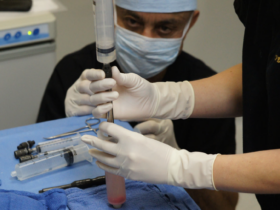Owning land has been a dream for American families throughout the history of our country, and John D. Rockefeller was once quoted as saying, “The major fortunes in America have been made in land.” Investing in land can be an easy process with an experienced advisor alongside, but for others, it’s a daunting process because the value of rural land, farms and ranches is not as easy to ascertain as a residential home in a subdivision. It takes more time and knowledge to understand than other real estate-type investments. Oftentimes buyers are busy with their careers, profession and family—making it difficult to do the necessary homework.
Doctors are no different. As with other professionals, time is money and a precious commodity. However, getting this decision right can be filled with a lifetime of memories made with family and friends. Not to mention, this presents a solid opportunity for significant upside and return from a traditionally stable investment, providing a great diversification to traditional investments. When considering the purchase of land as an investment in North Florida and South Georgia, many factors are involved in the revenue-generating potential and the resulting value of the property. Even if recreation—hunting, fishing, horseback riding and the like—is your primary motivating factor for such a purchase, making a wise in-vestment is still imperative in the decision-making process. This asset class is a hedge against future inflation, is renewable, is an investment in the stewardship of a critical ecosystem and it is sustainable. It will continue to be attractive to high-net-worth individuals who want to invest in property for enjoyment, legacy and return. Intelligent and efficient management is especially important, and possible. An improved, high-quality recreational or plantation-style property with sustainable revenues starts to look appealing. Let’s look at a typical scenario an investor might encounter in South Georgia or North Florida. Each will have differing amounts of wetlands, agriculture, timber and unique characteristics, so how do you evaluate which one will make the best investment?
Start With The Basics
Timberland and agricultural farms are two of the most common investments here in North Florida and South Georgia. The age-old golden rule of “location, location, location” matters for several reasons. The first is resale, where the property has significantly better upside for resale when it is in a prime location. Second is site quality. The better the site quality, the better the growth of your timber, wildlife and agricultural crops and the higher the return will be throughout ownership. Site quality is determined by many factors such as soil composition, drainage, topography and more. For timber and agricultural use, soils are probably the most critical factor to return during ownership. The measure of a site’s quality for timber growing purposes is measured in site index, which is the average height of a tree at 25 years old on a given site.
The location of the property relative to growing population centers, new infrastructure or conservation areas is likely to contribute most to the properties’ ability to produce upside in the future. Collectively these two factors will have the most impact on the total return to the owner over time. Understanding the different characteristics of each property available is critical and having an experienced advisor assist you is a great asset when evaluating different investment opportunities. Next, the upland-to-wetland ratio is critical and the least expensive opportunity may not be the best. A calculation needs to be made to determine the cost per-usable-acre in order to make an accurate comparison, particularly for timberland analysis. This analysis is critical when comparing different investment opportunities. The timber on the property is normally bought and sold at its appraised value. To make a proper determination, the potential buyer would first subtract the timber value and any improvements value and then make the calculation of “cost per usable acre” to determine which opportunity is truly the best. The property with the lowest cost per usable acre will likely be the best investment assuming they all have similar soil quality and location. For timberland investments, what is called “age-class” distribution of timber stands can be a big determining factor for return.
The biggest upside is provided by the graduation in classes of timber as it grows. For example, trees typically grow at about six percent per year depending on seedling type and site. There will be a time when the majority of a stand graduates from pulpwood class to chip-n-saw class timber. This will provide a 47 percent jump in value per ton in just one year at current prices, compared to the annual growth rate of six percent. Assuming you could buy timber at pulpwood prices today and sell it as chip-n-saw in a few years, the return would be much higher over that time frame than just the typical six percent growth rate for the life of the timber. In general, a diversified age class distribution will provide the best growth rates and the most sustainable returns over time for timber.

Supplemental Income: Thinking Outside the Box
Additional sources of revenue often constitute the difference between an average return and outperforming the norm. Straw production is one of the most common. This is a nice supplemental income before the first thinning—or the first round of harvesting of your timber—and typically the straw buyer will perform most of the prep work necessary before your first timber harvest. Hunting leases typically bring in another $10-$20 per acre depending on the location and amenities provided. Honey-bee leases and agricultural leases are also popular. Assuming the majority of the land is in timber, the best practice is most likely to lease out the agricultural portion of the property, which provides a reliable cash flow in years when no timber harvests occur—and is not subject to the ups and downs of the commodities markets.
Having a diverse set of uses on one property typically provides a more stable return. If wildlife is one of your primary objectives, the variety of timber age classes, land uses and the management practices that go with each use provide a patchwork of habitat that benefits all variety of wildlife. No one type of habitat provides all the elements wildlife populations need, so a variety of uses and habitat types is best, perhaps critical. One last opportunity that deserves significant thought is conservation easements. There are two types of easements a landowner may consider—purchase easements and donation easements. In either case, the easement is perpetual on the land and restricts different activities with the primary objective of maintaining the land in its current, natural state. Easements are typically most valuable when they adjoin other conserved lands, either with other private easements or state or federally-owned property. Purchase Easements are purchased from the landowner by a conservation agency and could be considered a rebate toward the purchase price paid for the land—paid in cash. These could easily take up to three years or more to achieve. A donation easement is very valuable but comes in the form of tax-deductible credit and a landowner would need federal taxable income to derive value from this type of easement. The donation easement is a great way to protect taxable income and can be valued just like depreciation is valued in a business investment. Regardless, most all agricultural and recreational uses are maintained by the landowner in either scenario and there is significant upside for the landowner. The resale of these easement-encumbered lands has also become more common and readily-valuable.
Securing Wise Investments
After evaluating each investment—and weeding out the ones that don’t make sensea cash flow analysis should be performed. The estimated future cash flows should be put into a table to determine the present value of those future expected cash flows. This will be helpful in predicting what your expected return would be for each investment opportunity you are considering. An experienced land broker and advisor can assist with the sound analysis of the land’s revenue generating potential and help in determining its resulting value. This will eliminate a lot of headache and disappointment down the road. Land investments can be the perfect prescription for doctors looking to diversify and enjoy the way they are doing it.











Leave a Reply